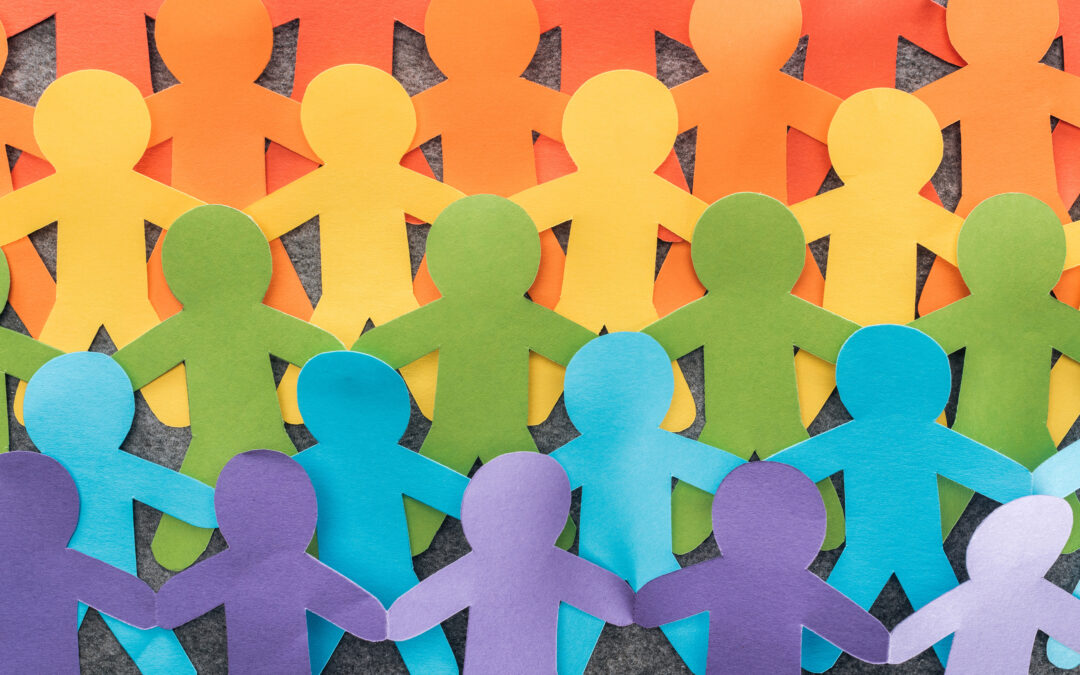Over a decade ago, the Center for Effective Philanthropy (CEP) created the Donor Perception Report (DPR) in response to requests from community foundations for help to better understand and support their donors, recognizing that they play an essential role in generating impact in their fields and communities. Since then, CEP has surveyed more than ten thousand donors from nearly 90 community foundations and published research about drivers of donor satisfaction and likelihood to continue giving.
In recent years, one of the most common requests from community foundations we’ve worked with has been the opportunity to connect with peers about their practices, especially in areas of great success or meaningful change over time. While we always brokered these connections in response to individual asks, we decided in 2020 that it was time to transform this into a more standard part of our work. We began hosting annual “Community Conversations” with recent Donor Perception Report users with the goal of providing dedicated time and space to speak candidly about their experiences, generate ideas and share learnings across the field, and foster camaraderie by the connections made.
Over the past few years, community foundations have gathered to discuss building donor relationships in a virtual or hybrid environment, communicating about diversity, equity, and inclusion, and working with professional advisors.
Learnings from Our 2023 Donor Perception Report Users Community Conversation
The 2023 Community Conversation was focused on findings that have held true since CEP’s original 2014 research report on the importance of donor satisfaction, What Donors Value. Specifically, the goal of the time together was to unpack the two strongest drivers of donor satisfaction — staff responsiveness and donors’ perceptions of community impact — guided by light CEP facilitation and followed up with summaries of learnings.
Power in Diverse Perspectives: Donor Perception Report users from the past two years are invited to join each year’s conversation, which means there’s a lot of diversity in the group in terms of size, donors and communities served, geographic location and focus, and role of participant. This model contrasts with what we sometimes hear from funders who prefer to talk to other funders who are most like them.
Even so, these conversations prove the value of gathering people who do not immediately see each other as peers. Participant feedback overwhelmingly pointed to small groups conversations as the most helpful, with one participant noting the “really nice opportunity to connect with peers in the field that I haven’t met before.” Furthermore, when asked for suggestions for future improvements, one participant asked CEP to, “switch up the small groups so that can meet more of the group”.
This feedback tells us that participants valued the exposure to and exploration of new perspectives and ways of working that rises out of a diverse group of community foundations.
Power in Preparedness: What struck me most immediately as we began our time together was participants’ willingness to share candidly about their work, contexts, and experiences. Participants did not shy away from what’s worked well and what’s been more difficult, including barriers to responsiveness to their donors related to organizational challenges in workload or changes in leadership or strategy.
This level of candor surfaced, for me, an interesting connection between responsiveness and preparedness to handle periods, especially unexpected ones, of great need. As we’ve witnessed in the past few years, community foundations play an important role in moving money quickly to people and communities in moments of crisis and, as such, being equipped to handle a larger than typical volume of gifts with more flexibility and quicker responsiveness has become an increasingly important part of their work. Participants shared their approaches and strategies for planning ahead for these moments of intensity, such as allowing new platforms for gifts, introducing multiple points of contact at their organizations, reaching out to professional advisors, and adjusting the medium and format of communications with donors.
Power in Peer-to-Peer Learning: Despite differences in their context or structure, similarities across funders were bountiful. For example, when discussing responsiveness, multiple funders used their DPR data as a starting point to gauge their current practice, implemented a 24-hour response time to donor inquiries, and sent holiday or anniversary cards to donors.
When it came to the discussions about fostering donors’ perceptions of community impact, we heard many similarities in barriers that participants were experiencing. The majority of participants underscored the diversity in their donors’ interest areas, geographies, ideological beliefs, and identities, and the associated challenges with tracking preferences and personalizing communications. Participants shared various ways they’ve attempted to mitigate these challenges, including collaboration with their marketing or communications teams to highlight their impact, emphasizing the importance of subscribing to newsletters in introductory conversations, and more frequent communications about their own vision and values.
Overall, participants expressed gratitude for the opportunity to discuss “what peers are hearing from their donors and what they are doing in response to feedback” and take notes back to their organizations and colleagues to “continue to learn together.”
Building Momentum Towards 2024’s Community Conversation
Aside from practical learning and the opportunity to be in community with a wonderful group of community foundation staff, I’m always struck by the power of conversation to illuminate deep similarities, foster a sense of community, and surface actionable change that ultimately results in impact. It’s what drew me to help design and launch CEP’s Learning Institute, now led by my colleague, Amber Bradley.
Of course, none of this would be possible without the participants, so I want to express deep gratitude to those who were available to join this year’s conversation; your presence and insights have me already looking forward to our next Community Conversation. While we cannot yet land a final topic — it’s participants’ choice! — many ideas have already bubbled up, and we’ll have recent additions to the group who will undoubtedly contribute to the conversation in new ways.
Whether you’ve participated in many a DPR over the years or only given the barest of thoughts to it, I would still invite you to reach out with your ideas. What topics or trends are most front of mind for you in 2024 as a community foundation? What do you most hope to learn from your donors? How can we support your efforts to better understand and serve your donors?
Let’s continue the conversation.
Alice Mei is a manager on the Assessment and Advisory Services team at CEP. Find her on LinkedIn.


